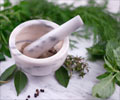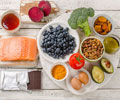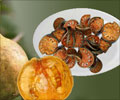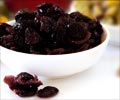Researchers have developed a comprehensive database on antioxidant foods that is intended for use in nutritional research and clinical trials.
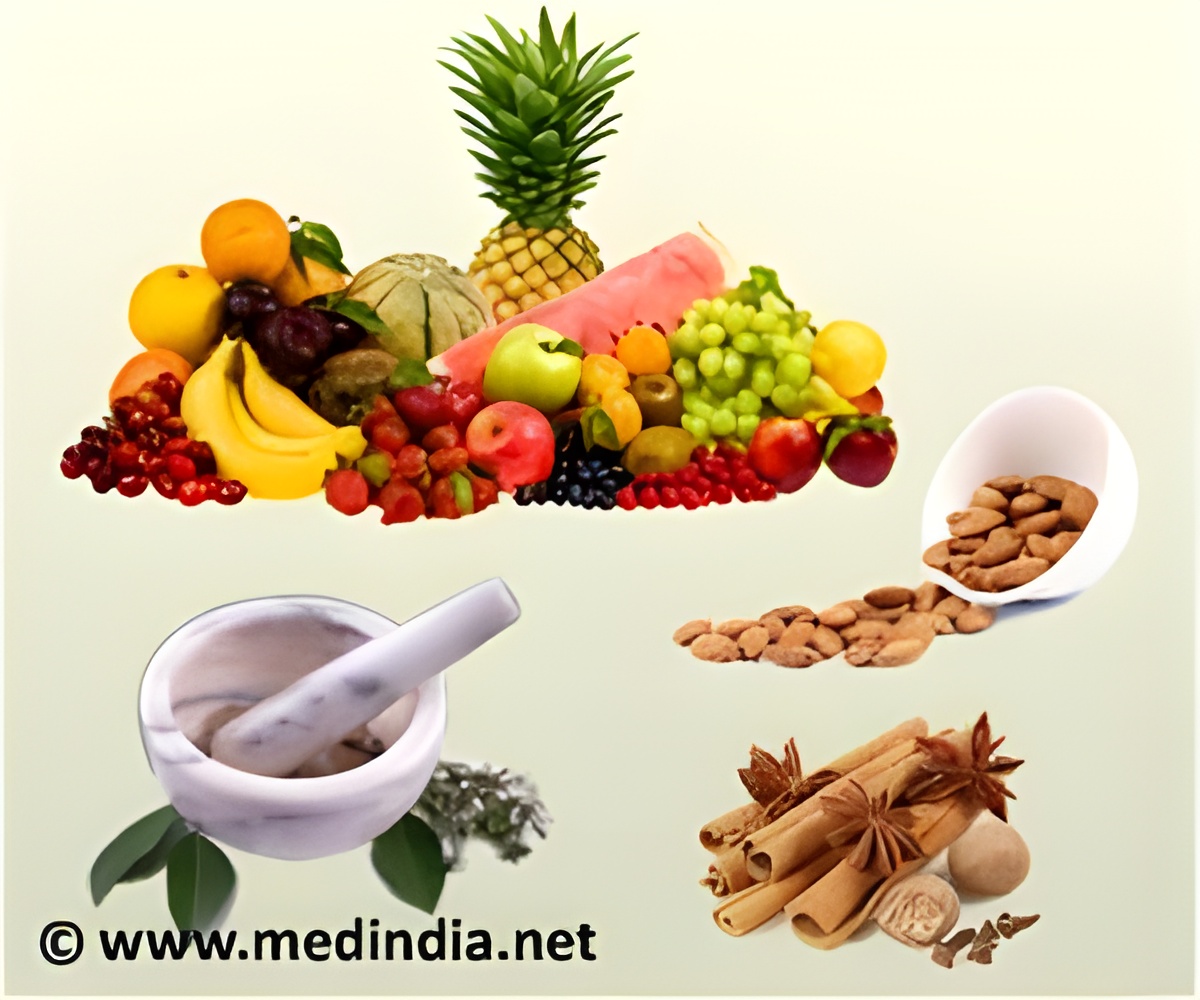
So, with the objective of developing a comprehensive food database for antioxidants, Monica Carlsen from the University of Oslo, Norway, and her colleagues, procured 3139 food samples globally and analyzed them for their total antioxidant content.
The researchers found that ‘there are several thousand-fold differences in antioxidant content of foods’. ‘We find that plant-based foods are generally higher in antioxidant content than animal-based and mixed food products’, say authors. They found that fruits, nuts, chocolate and berries are 5 to 33 times higher in antioxidant content than meat products. The results showed that berries, fruits, nuts, chocolate, vegetables and their products had high antioxidant values.
Coffee is also high in antioxidants but the amount depended on the type of coffee. For example, double espresso was found to be richest in antioxidants at 16.33 mmol / 100g and single Caffe Latte was lowest at 0.89 mmol / 100g. However, antioxidants from coffee beans varied from 12.30 to 22.73 mmol /100g.
Red wine (1.78 to 3.66 mmol/100 g antioxidant content), pomegranate juice and prepared green tea with antioxidants at 0.57 to 2.62 mmol/100 g, as well as grape juice, prune juice and black tea (0.75 to 1.21 mmol/100 g) are beverages rich in antioxidants; while beers and soft drinks had the least antioxidant content.
Water does not contain antioxidants.
Most of the spices and herbs are excellent sources of antioxidants. The dried herbs and some dried fruits are potentially richer in antioxidants since the drying process leaves most of the antioxidants intact in the dried end product.
Triphala (capsule), an Ayurvedic herbal formulation, having anti-inflammatory, antibacterial, wound healing, and anti-cancer properties, is an excellent source of antioxidants at 706.25 mmol / 100g.
Arjuna, another Auyrvedic formula (146.95 mmol/ 100g), Amla (301.14 mmol /100g), and Goshuyu-tou, a traditional Chinese kampo medicine (132.58 mmol/ 100g), have health beneficial activities because of high antioxidant values.
Berries and their products with their high content of phytochemicals such as flavonoids, phenolic acids, etc are also antioxidant-rich. Dried amla (Indian gooseberry) is the richest in antioxidants with 261.5 mmol/100 g, while some berry jams are poorest in antioxidants at 0.5 mmol /100g. Bilberries, black currants, blackberries, goji berries, sea buckthorn and cranberries also have high antioxidant values.
Breakfast cereals, grains and grain products, and beans and lentils do not have much antioxidant to boast about with buckwheat whole meal flour being highest at 2.0 mmol /100g.
Dairy products, cakes and dessert are low in antioxidant content, in the range of 0.0 to 0.8 mmol /100g. Similarly, ‘eggs are almost devoid of antioxidants with the highest antioxidant values found in egg yolk (0.16 mmol/100 g)’, found the researchers. And so are meat, fish, poultry and their products. But some prepared chicken and beef products have antioxidant values between 0.5 and 1.0 mmol /100 g.
On the other hand, antioxidant content in chocolate ranged from 0.23 in white chocolate to 14.98 mmol /100g in dark chocolate. Antioxidant contents increased with increasing cocoa content in the chocolate.
Most nuts are also important source of antioxidants. The researchers found that antioxidant content increased in nuts with pellicle (the thin skin) compared to nuts without pellicle. Walnut with pellicle has the highest (33.3 mmol/100 g) antioxidant value.
According to the researchers, ‘the variation in the antioxidant values of otherwise comparable products is large’ because of reasons such as growing conditions, seasonal changes, storage conditions and differences in manufacturing procedures and processing. Again, antioxidant-rich food does not mean that they are good sources of antioxidants or that all antioxidants provided in the diet are bioactive. ‘Bioavailability differs greatly from one phytochemical to another, so the most antioxidant rich foods in our diet are not necessarily those leading to the highest concentrations of active metabolites in target tissues. Thus a food low in antioxidant content may have beneficial health effects due to other food components or phytochemicals executing bioactivity through other mechanisms’, they say.
They concluded - ‘The ultimate goal of this research is to combine these strategies in order to understand the role of dietary phytochemical antioxidants in the prevention of cancer, cardiovascular diseases, diabetes and other chronic diseases related to oxidative stress.
Reference: Carlsen, M. H., et al. The total antioxidant content of more than 3100 foods, beverages, spices, herbs and supplements used worldwide. Nutrition Journal 2010, 9:3
Source-Medindia

